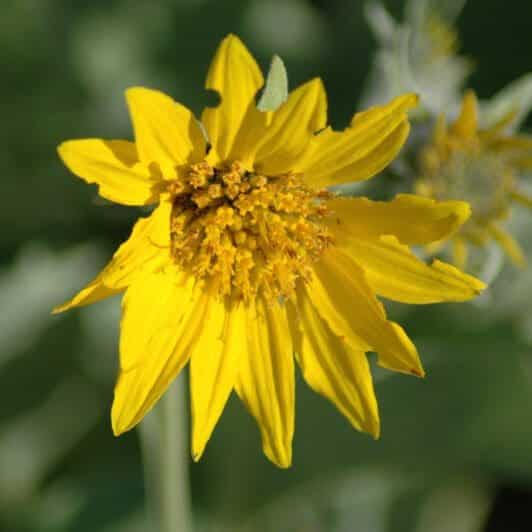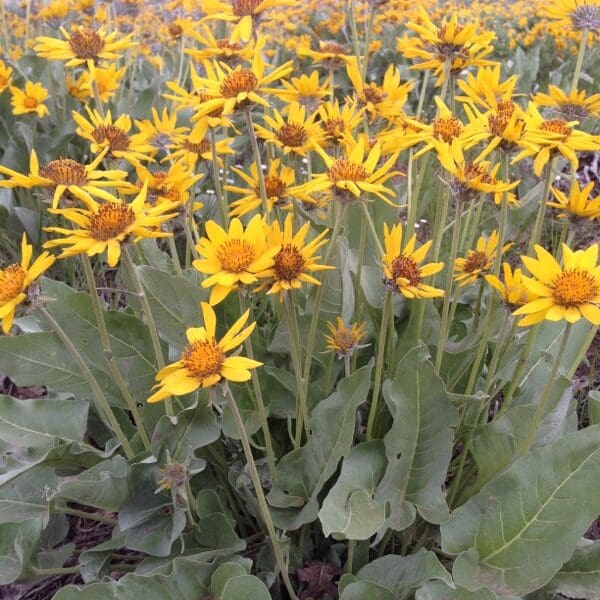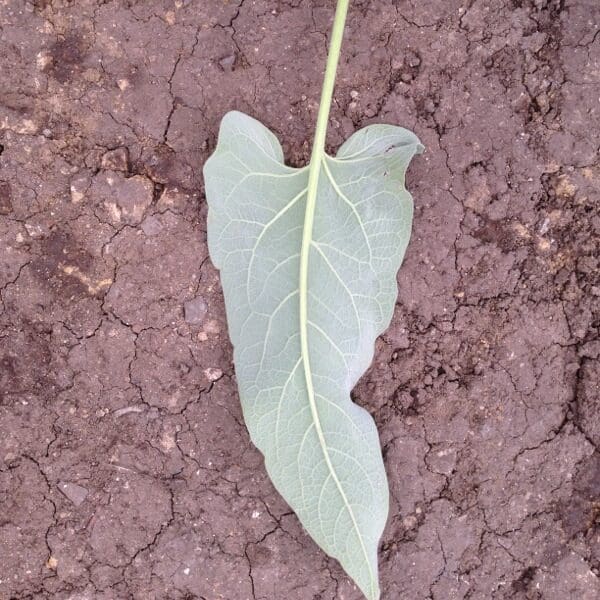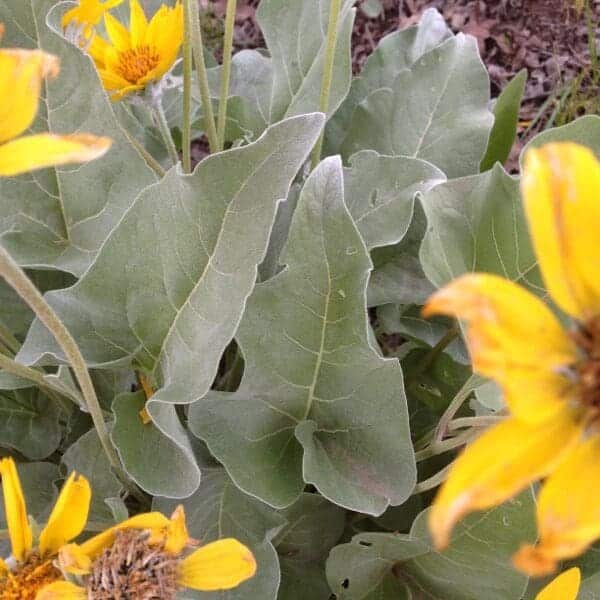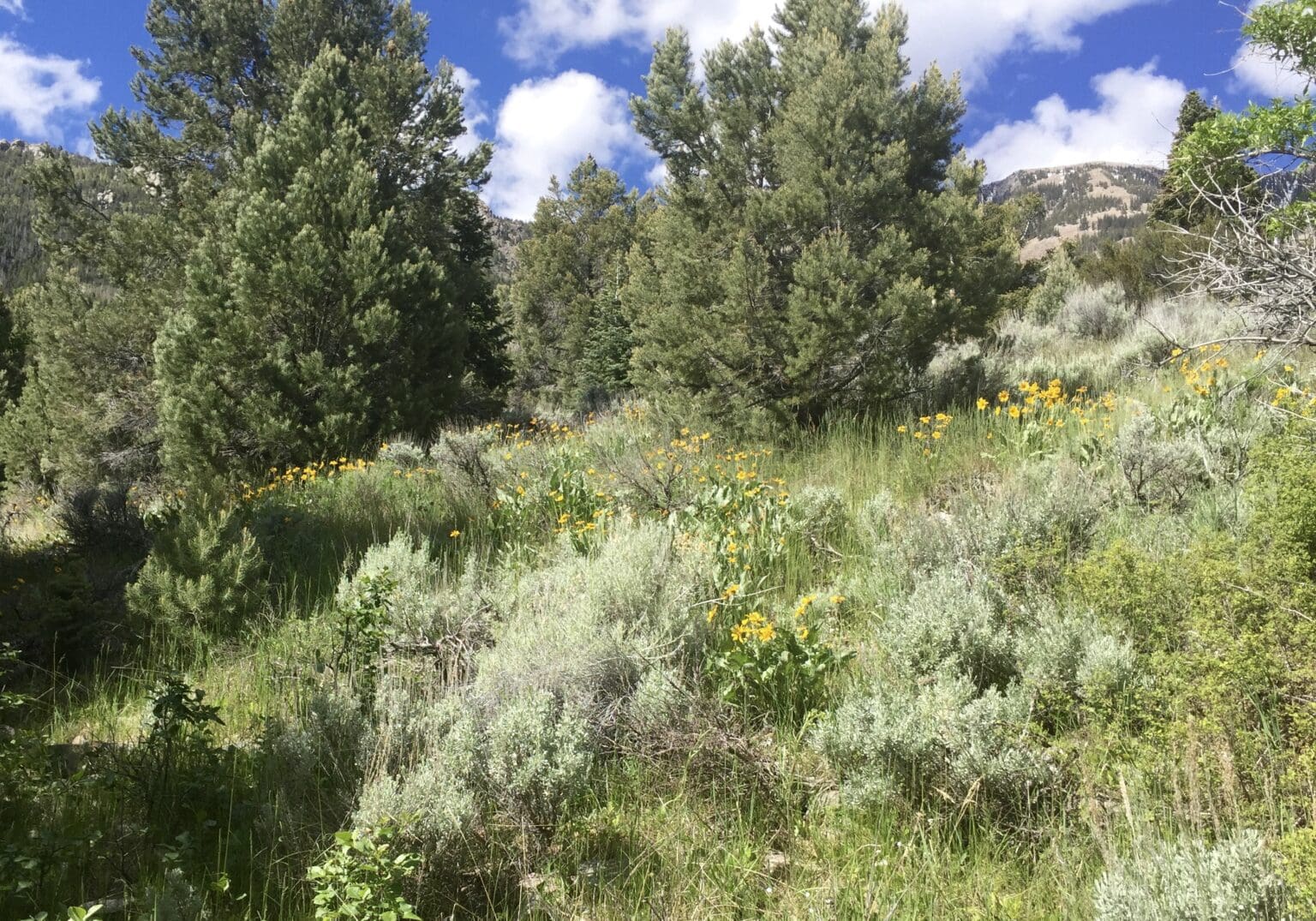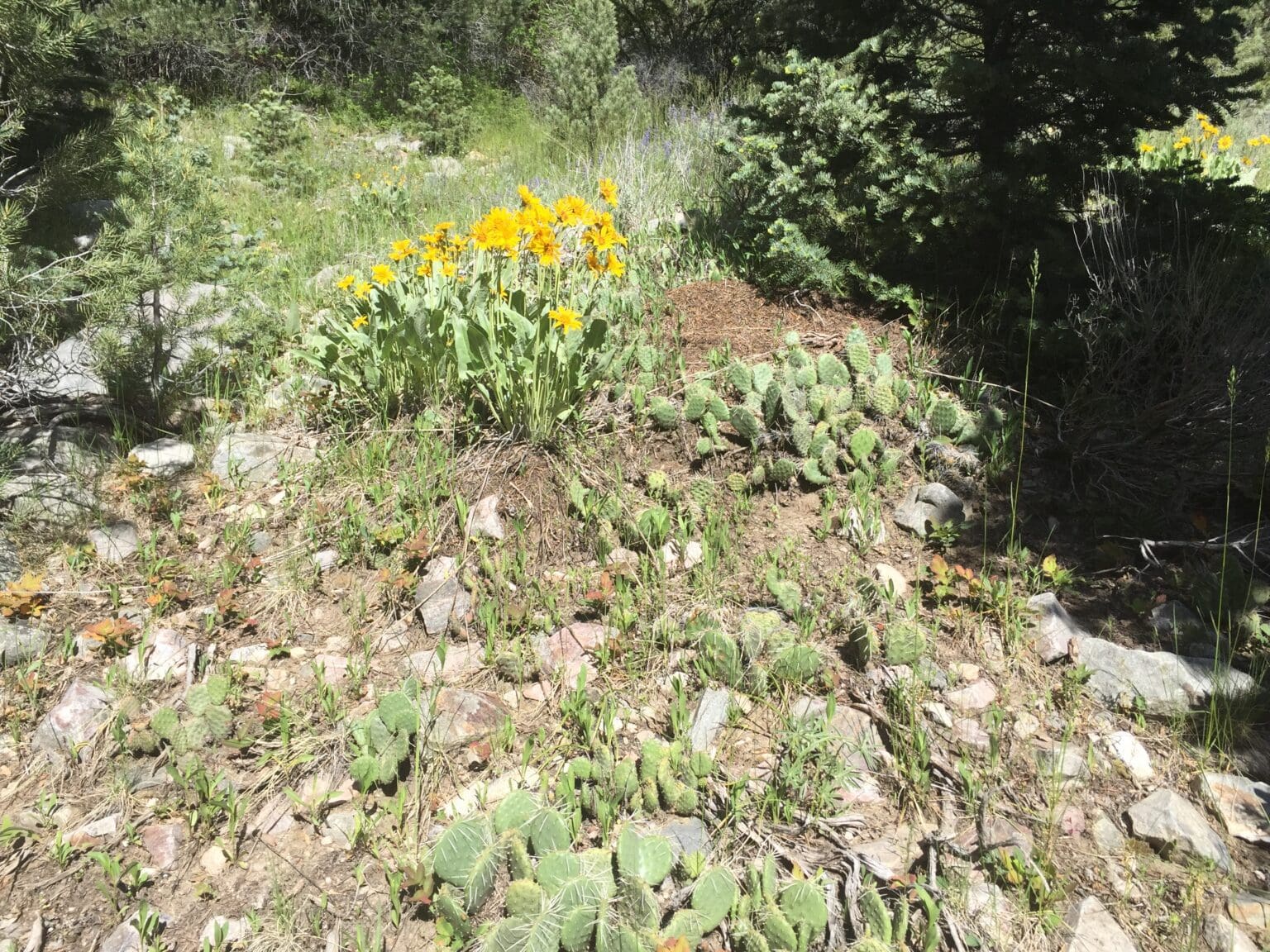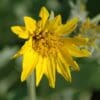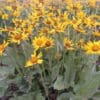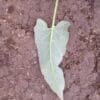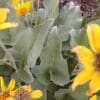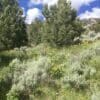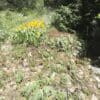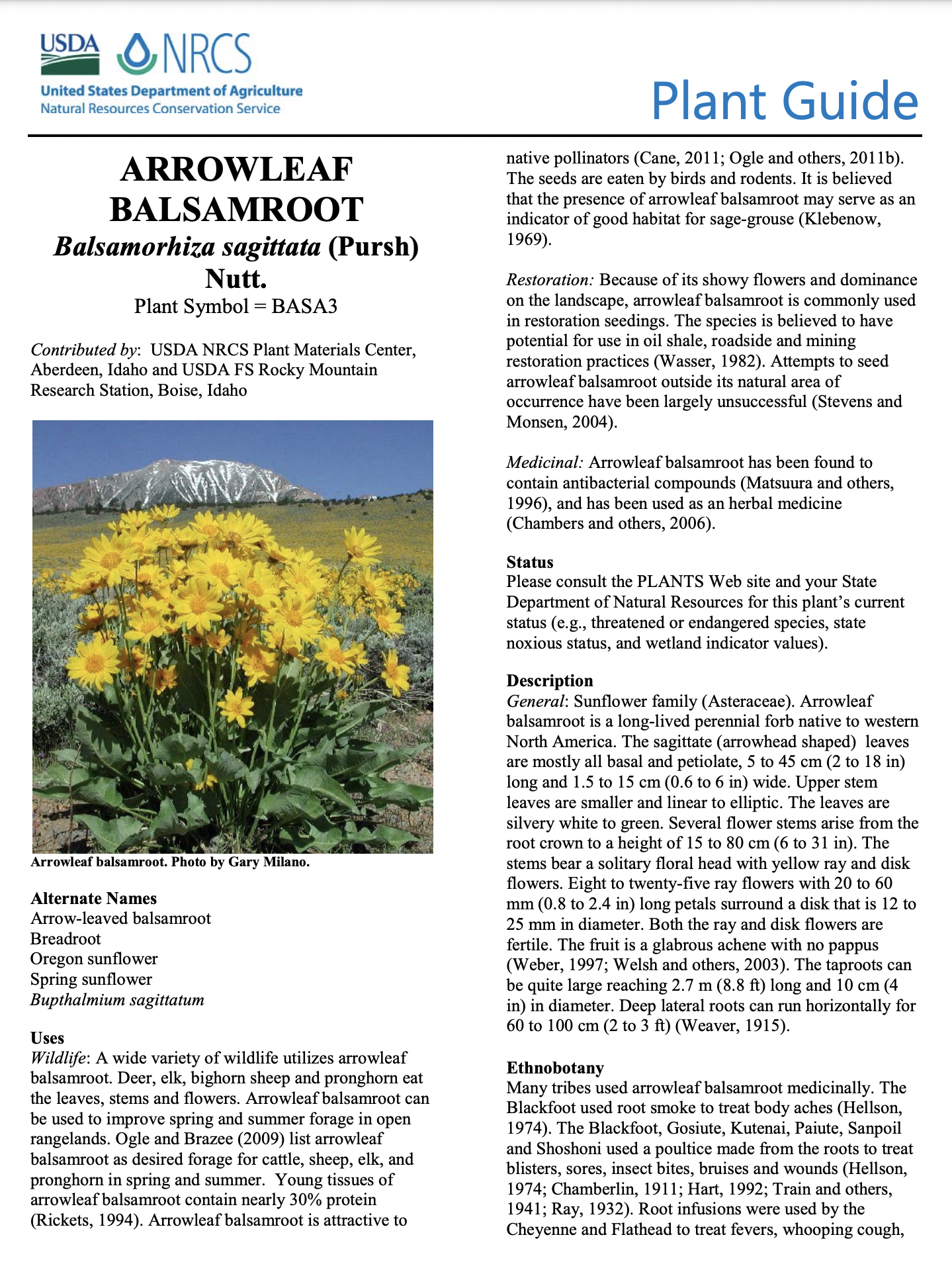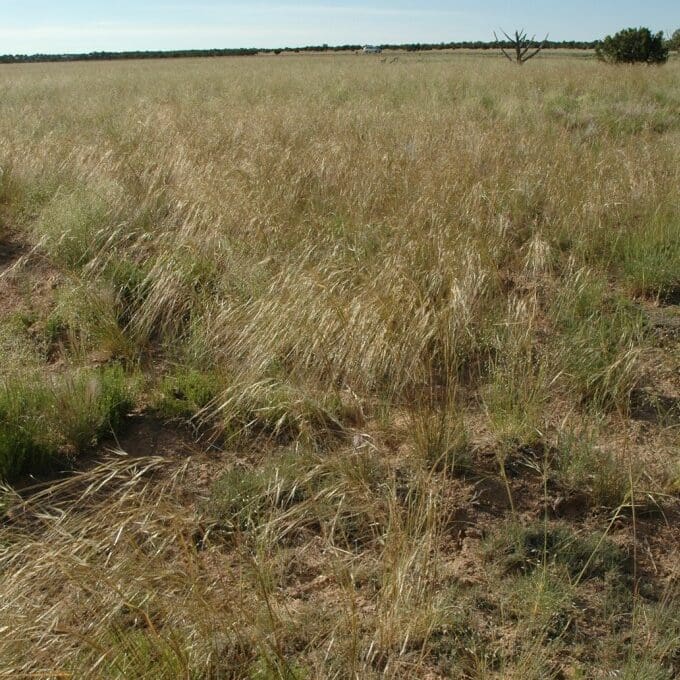Arrowleaf Balsamroot
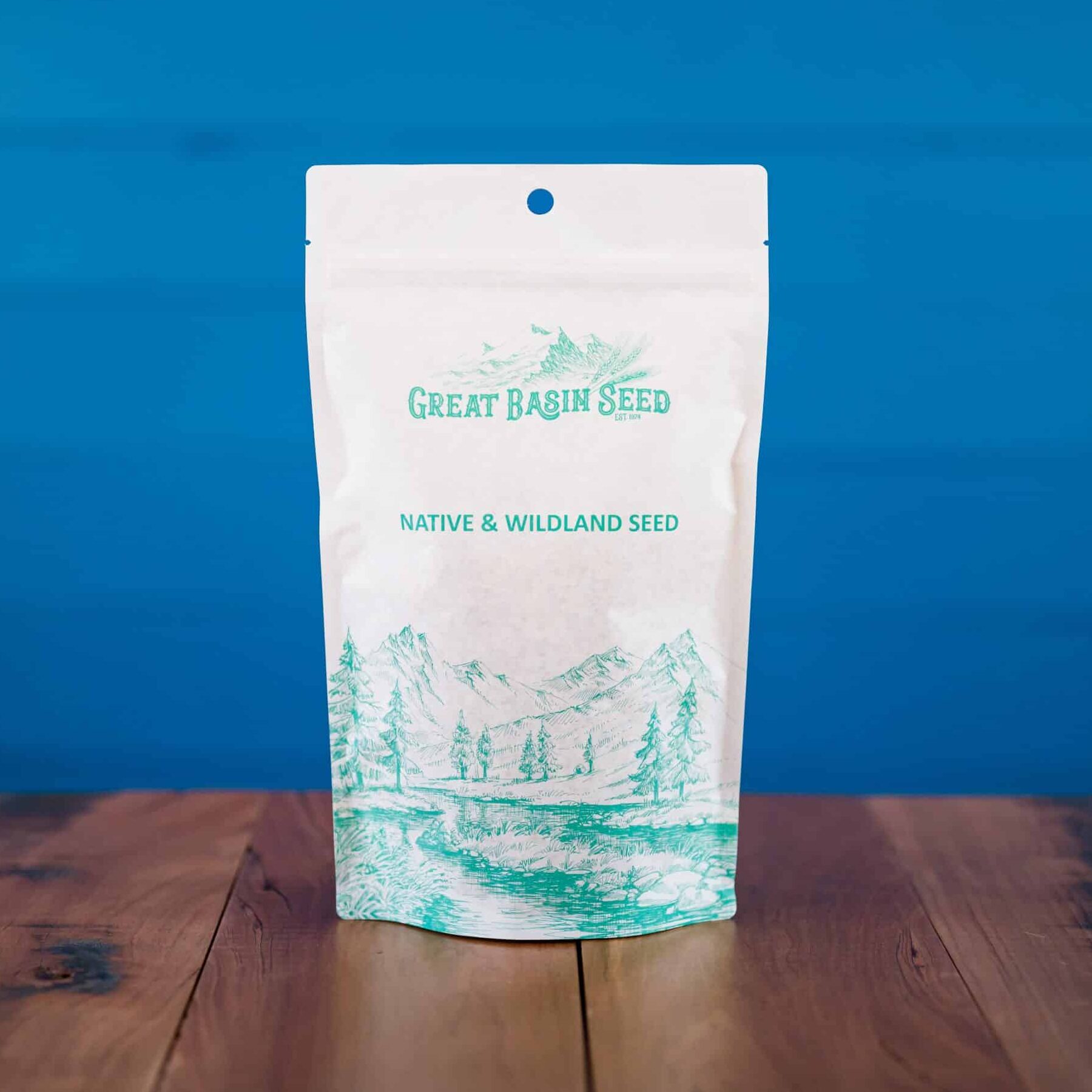 $9.75 – $78.00
$9.75 – $78.00 - Scentific Name: Bupthalmium sagittatum
- Member of the Sunflower family
- Open hillsides and prairies at mid to upper elevations
- Good for areas receiving 12-25″ annual precipitation
- Tolerates fire, grazing, trampling and drought
Arrowleaf Balsamroot (Bupthalmium sagittatum) is a member of the Sunflower family. It is a long-lived perennial forb native to western North America. The scientific name is derived from the sagittate (arrowhead shaped) leaves.
It occurs throughout western North America from Alberta and British Columbia, east to the Dakotas and south to Colorado and Arizona. It grows on open hillsides and prairies at mid to upper elevations in the Intermountain West and Rocky Mountain regions. It is commonly associated with sagebrush communities including basin big sagebrush, mountain big sagebrush, three-tip sagebrush and infrequently with Wyoming big sagebrush. Arrowleaf balsamroot (Bupthalmium sagittatum) can also be found growing in mountain shrub, pinyon-juniper, ponderosa pine, Douglas fir and aspen plant communities.
Arrowleaf balsamroot is adapted to fine to medium textured soils in areas typically receiving 12 to 25 in of annual precipitation. Populations are known in Wyoming big sagebrush sites receiving about 9 in of annual precipitation. Because of the deep taproot, it tolerates fire, grazing, trampling and drought. It prefers well-drained silty to loamy soils with a pH range of 6.5 to 8.0. The plants are often found in open, full sun, but can also tolerate partial shade. It occurs naturally from 1,000 to 9,000 ft in elevation.
A wide variety of wildlife utilizes arrowleaf balsamroot. Deer, elk, bighorn sheep and pronghorn eat the leaves, stems and flowers. Arrowleaf balsamroot can be used to improve spring and summer forage in open rangelands. It is desired forage for cattle, sheep, elk, and pronghorn in spring and summer. The seeds are eaten by birds and rodents. It is believed that the presence of arrowleaf balsamroot may serve as an indicator of good habitat for sage-grouse.
This species is commonly used in restoration seedings. The species is believed to have potential for use in oil shale, roadside and mining restoration practices. It is tolerant of fire due to its deep taproot. Following fires, the plants will often regenerate from the persisting caudex.
*** Click on the “Quick Plant Facts” tab above for more information.
Arrowleaf Balsamroot NRCS Plant Guide and Fact Sheet
Arrowleaf Balsamroot NRCS Plant Guide and Fact Sheet
PDF version of NRCS Plant Guide & Fact Sheet
Prepared By: Derek Tilley & Loren St. John, USDA NRCS Plant Materials Center, Aberdeen, ID
Nancy Shaw, USDA-FS. Rocky Mountain Research Station, Boise, Idaho
Helpful Links
Additional information about this product can be found on the academic websites linked below.
Synonyms
Many plants have more than one common and scientific name. We've listed a few of them below.
- Arrowleaf Balsamroot
- Balsamorhiza sagittata
Who is Great Basin Seed?
Great Basin Seed is a seed company that specializes in seed sales and consultation for home, ranch, farm, range and reclamation. We have been a leader in the seed industry since 1974.
Our History
We've been in the seed business since 1974.
What We Offer
We offer seed for home, farm, ranch, range and reclamation projects.
Meet the Gang
We have the best employees in the world! We are proud of the work they do, and trust them to serve you!
Right: Company founder Lloyd and his wife Paula Stevens in a wildflower seed production field circa 1977
Quick Plant Facts
| Common Name: | Arrowleaf Balsamroot |
|---|---|
| Scientific Name: | |
| Lifespan: | |
| Plant Type: | |
| pH Tolerance: | |
| Seed Count | 43000 |
| Growth Height: | |
| Root Form: | |
| Planting Rate: | |
| Best Time to Sow: | |
| Max Sowing Depth: | |
| Growth Season: | |
| Sun & Shade Tolerance: | Intermediate |
| Elevation of Occurance: | |
| Hardiness Zones: | |
| Select a Package Size and Quantity | 1 oz. Envelope, 4 oz. Pouch (0.25 lbs.), 8 oz. Pouch (0.50 lbs.), 1 lb. (by the pound) |
